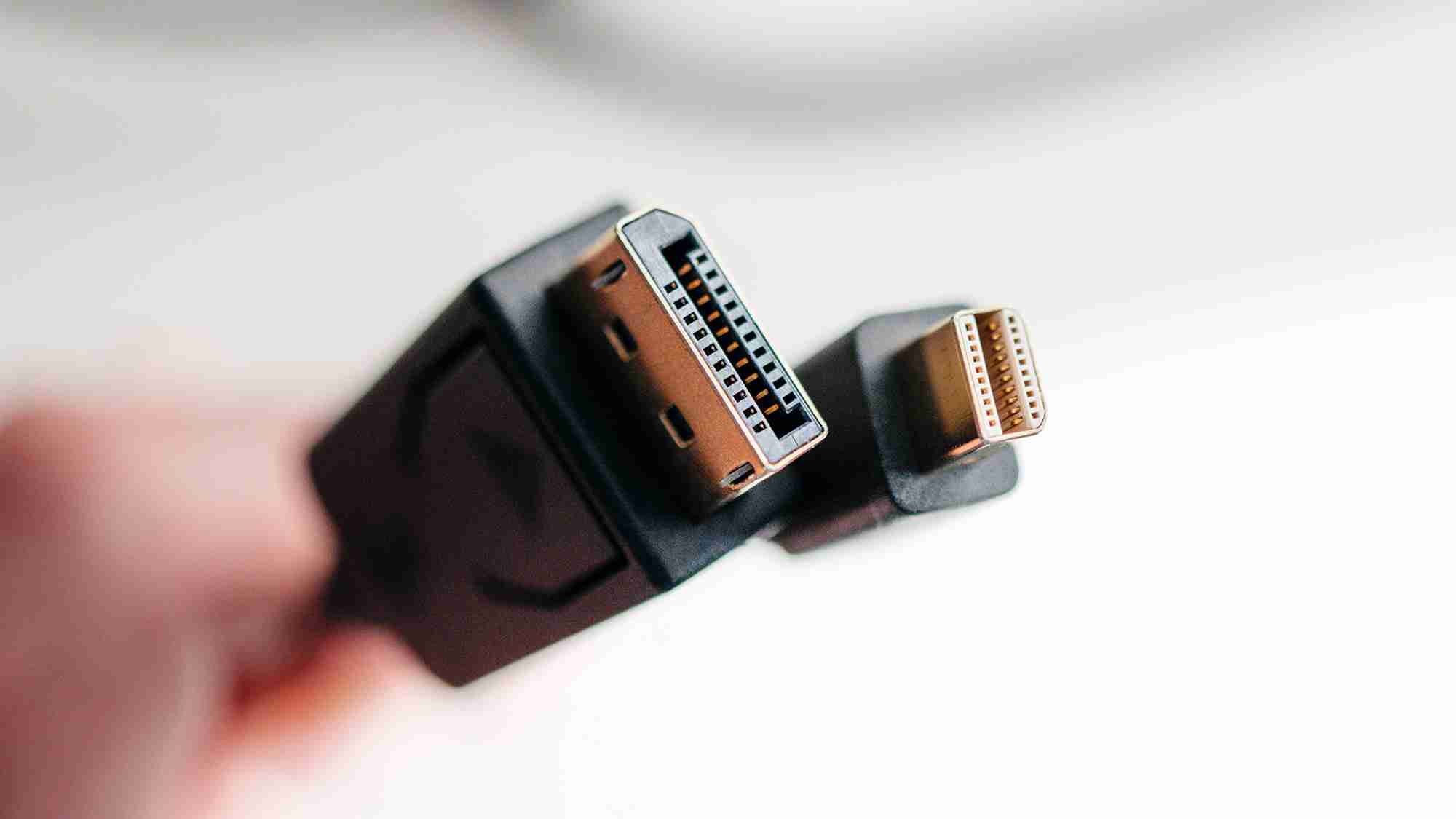Home >Computer Tutorials >Troubleshooting >What cables to connect to your TVs and monitors for the best picture
What cables to connect to your TVs and monitors for the best picture
- Barbara StreisandOriginal
- 2025-02-25 14:50:09117browse
Connecting laptops or consoles to TVs or monitors usually only requires a cable, but choosing the right one can be tricky due to varying connection standards and versions. This guide helps you select the appropriate cable for optimal picture quality.
Understanding the Connection Equation
Connecting a device to a display involves three components: the device, the display, and the cable. All three must support the same connection standard for optimal performance.
Begin by checking your device's specifications (e.g., PlayStation 5, Mac Mini) to determine its compatible display standards. Then, check your TV or monitor's specifications to identify its supported standards. Most displays offer multiple options; a match with your device is sufficient.
Common standards include HDMI, DisplayPort, USB-C, and Thunderbolt. Each has nuances:
HDMI Connection Standard

HDMI (High-Definition Multimedia Interface) is widely used, especially for TVs and set-top boxes. The latest version, HDMI 2.1, supports 10K resolution at 120fps and offers features like VRR (Variable Refresh Rate). Look for "HDMI 2.1" and "Ultra High Speed" labels on packaging to ensure compatibility with the highest specifications. Older cables will work but at lower resolutions and refresh rates.
DisplayPort Connection Standard

DisplayPort is prevalent in computers. While the standard reaches version 2.1, most devices currently use DisplayPort 1.4 or 1.4a (supporting up to 32.40 Gbps bandwidth). Look for 1.4 or 1.4a support on packaging. A VESA logo indicates certification by the Video Electronics Standards Association.
Thunderbolt Connection Standard

Thunderbolt 4 (40 Gbps bandwidth) supports two 4K displays at 60fps with HDR via daisy chaining. It uses DisplayPort 2.0 and a smaller DisplayPort or USB-C connector. Carefully check specifications for "Thunderbolt 4" to distinguish it from standard USB-C.
USB-C Connection Standard

USB-C is a connector type, not a video standard. To transmit video, it requires "Alt Mode" support, enabling video transfer alongside other USB functions. Alt Mode can support DisplayPort (up to 1.4), HDMI (up to 1.4b), and Thunderbolt (up to 4). Check specifications for the supported video standard. USB-C-to-HDMI and USB-C-to-DisplayPort cables are also available.
Choosing the right cable requires careful attention to device and display specifications and understanding the nuances of each connection standard. Always verify compatibility before purchasing.
The above is the detailed content of What cables to connect to your TVs and monitors for the best picture. For more information, please follow other related articles on the PHP Chinese website!

